express-swagger-autoconfigure v2.1.1
Express-swagger-autoconfigure
Manage route configurations for your express application automatically and generate automatic documentation with swagger.
Installation and Usage
npm i express-swagger-autoconfigureAdd the property below to your file tsconfig.json.
{
"compilerOptions": {
//...
"experimentalDecorators": true
//...
}
}Documentation
Below is a walkthrough of all available decorators
Frist Configuration:
- @SwaggerInitializer - Loads Swagger in your express application | String
- @SwaggerEndpoint - Defines the path to access documentation | String
- @ApiDefaultPath - Defines the main path of your API | String
- @Description - Describes your application within documenta*tion | String
- @Title - Puts a title on your documentation | String
- @Version - Defines API version | String
- @BearerTokenJWT - Defines if the API uses JWT Tokens as a security mechanism | Boolean
- @ExpressInitializer - Initializes an express app and configures its routes
Second Configuration
- @Controller - Specifies a controller within the express context | String
Third Configuration
- @Get - Specifies GET type endpoints | String, middlewares
- @Post - Specifies POST type endpoints | String, middlewares
- @Delete - Specifies DELETE type endpoints | String, middlewares
- @Patch - Specifies PATCH type endpoints | String, middlewares
- @Put - Specifies PUT type endpoints | String, middlewares
Fourth Configuration
- @StatusResponse - Adds HTTP response codes and description | number
- @Body - Adds a Body as a request object | Object
- @ParamPath - Adds a ParamPath as a request object | Object
- @FormData - Adds a FormData as a request objet | Object. Utilize FormDataTypes for grant types
- @Header - Adds a Header as a request objet | object
- @Query - Adds a Query as a request objet | object
Themes
To configure the themes, use
- @Theme - Specifies Theme type of Swagger | If not specified, use default swagger theme
- ThemesType.FEELING_BLUE
- ThemesType.FLATTOP
- ThemesType.MATERIAL
- ThemesType.MONOKAI
- ThemesType.MUTED
- ThemesType.NEWS_PAPER
- ThemesType.OUTLINE
Usage
Express Configuration
import { Express, } from "express";
import cors from "cors";
import {BasePath,
BearerTokenJWT,
Description,
SwaggerInitializer,
Title,
Version,
ExpressInitializer} from "express-swagger-autoconfigure";
// Configure a class with the first configuration
@SwaggerInitializer
@SwaggerEndpoint("/documentation") // swagger documentation will be available on http://localhost:5000/documentation (Optional, default /)
@ApiDefaultPath("/api") // swagger request to http://localhost:5000/api/endpoint | (Optional, default /)
@Description("Essa api é responsável pelo exemplo de utilização do express-swagger-autoconfigure")
@Title("Example-of-express-swagger-autoconfigure")
@Version("1.0.0")
@BearerTokenJWT(true)
@Theme(ThemesType.FEELING_BLUE)
export default class App {
@ExpressInitializer
private app: Express;
constructor () {
this.configApp();
this.initControllers();
}
private configApp():void {
this.app.use( cors() );
}
private initControllers(){
// It is important to instantiate all of your controllers
// in this class so that the decorators can be applied.
new MyController1();
new MyController2();
}
public getApp(): Express {
return this.app;
}
}Controller Configuration
@Controller("/controller1")
export default class MyController1 {
//health-check
@StatusResponse(200, "Check API successfully")
@StatusResponse(400,"Check API unsuccessfully")
@Get() // It is important to put the Http Method Decorator as the first configuration.
public check(request: Request, response: Response): Promise<Response> {
//... implementation
}
}@Controller("/controller2")
export default class MyController2 {
@StatusResponse(202) // if you dont pass description, express-swagger-autoconfigure add for you
@StatusResponse(400) // if you dont pass description, express-swagger-autoconfigure add for you
@Body({email:"Description", password:"Description"})
@Post("/login")// It is important to put the Http Method Decorator as the first configuration.
public login( request: Request, response: Response): Promise<Response> {
//... implementation
}
@StatusResponse(200) // if you dont pass description, express-swagger-autoconfigure add for you
@StatusResponse(400)// if you dont pass description, express-swagger-autoconfigure add for you
@Get("/", authorizationMiddleware)// It is important to put the Http Method Decorator as the first configuration.
public read(request: Request, response: Response): Promise<Response> {
//... implementation
}
@StatusResponse(200)// if you dont pass description, express-swagger-autoconfigure add for you
@StatusResponse(400)// if you dont pass description, express-swagger-autoconfigure add for you
@ParamPath({uuid: "Description"})
@Get("/find-by-uuid/{uuid}", authorizationMiddleware)// It is important to put the Http Method Decorator as the first configuration.
public findByUuid(request: Request, response: Response): Promise<Response> {
//... implementation
}
@StatusResponse(200)// if you dont pass description, express-swagger-autoconfigure add for you
@StatusResponse(400)// if you dont pass description, express-swagger-autoconfigure add for you
@Body({
name : "Description",
email : "Description",
password: "Description"
})
// Default = "/"
@Post() // It is important to put the Http Method Decorator as the first configuration.
public create(request: Request, response: Response): Promise<Response> {
//... implementation
}
@StatusResponse(200)// if you dont pass description, express-swagger-autoconfigure add for you
@StatusResponse(400)// if you dont pass description, express-swagger-autoconfigure add for you
@Query({
uuid:"Description"
})
// Default = "/"
@Post("/query-profile") // It is important to put the Http Method Decorator as the first configuration.
public queryProfile(request: Request, response: Response): Promise<Response> {
//... implementation
}
@StatusResponse(200)// if you dont pass description, express-swagger-autoconfigure add for you
@StatusResponse(400)// if you dont pass description, express-swagger-autoconfigure add for you
@Header({
profileType:"Description"
})
// Default = "/"
@Post("/type-profile") // It is important to put the Http Method Decorator as the first configuration.
public headerProfile(request: Request, response: Response): Promise<Response> {
//... implementation
}
@StatusResponse(200)// if you dont pass description, express-swagger-autoconfigure add for you
@StatusResponse(400)// if you dont pass description, express-swagger-autoconfigure add for you
@FormData({
img: FormDataTypes.FILE,
name: FormDataTypes.STRING,
rules: FormDataTypes.ARRAY,
age: FormDataTypes.NUMBER,
isMarried:FormDataTypes.BOOLEAN
})
// Default = "/"
@Post("/create-profile") // It is important to put the Http Method Decorator as the first configuration.
public createProfile(request: Request, response: Response): Promise<Response> {
//... implementation
}
}Theme examples
- FEELING_BLUE
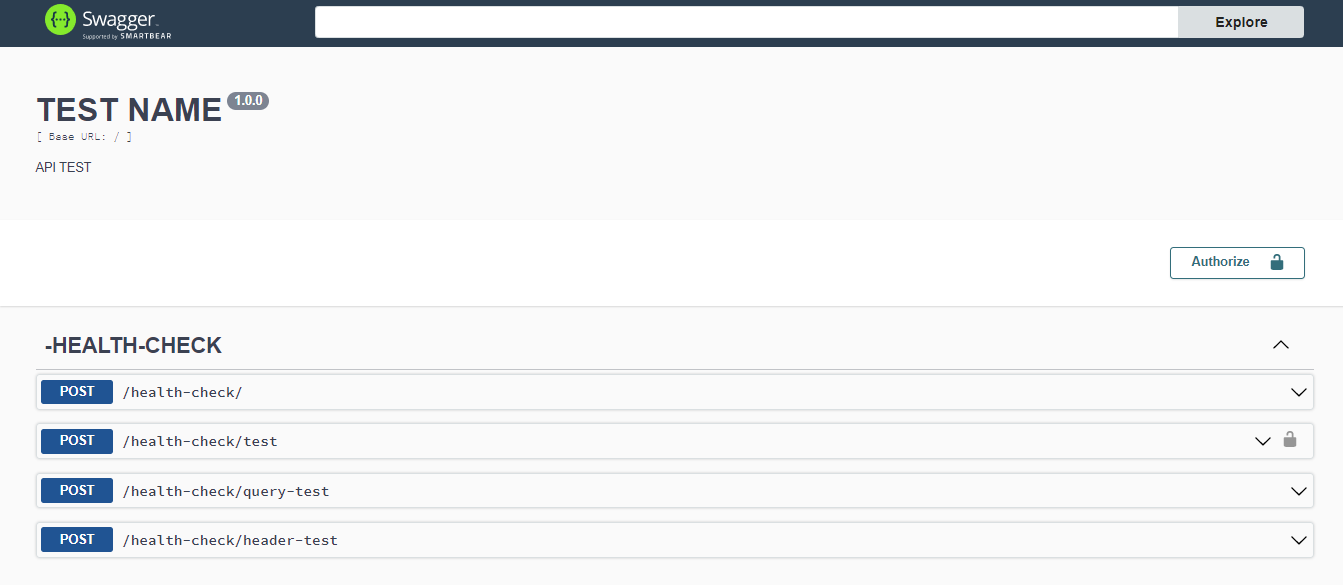
- FLATTOP
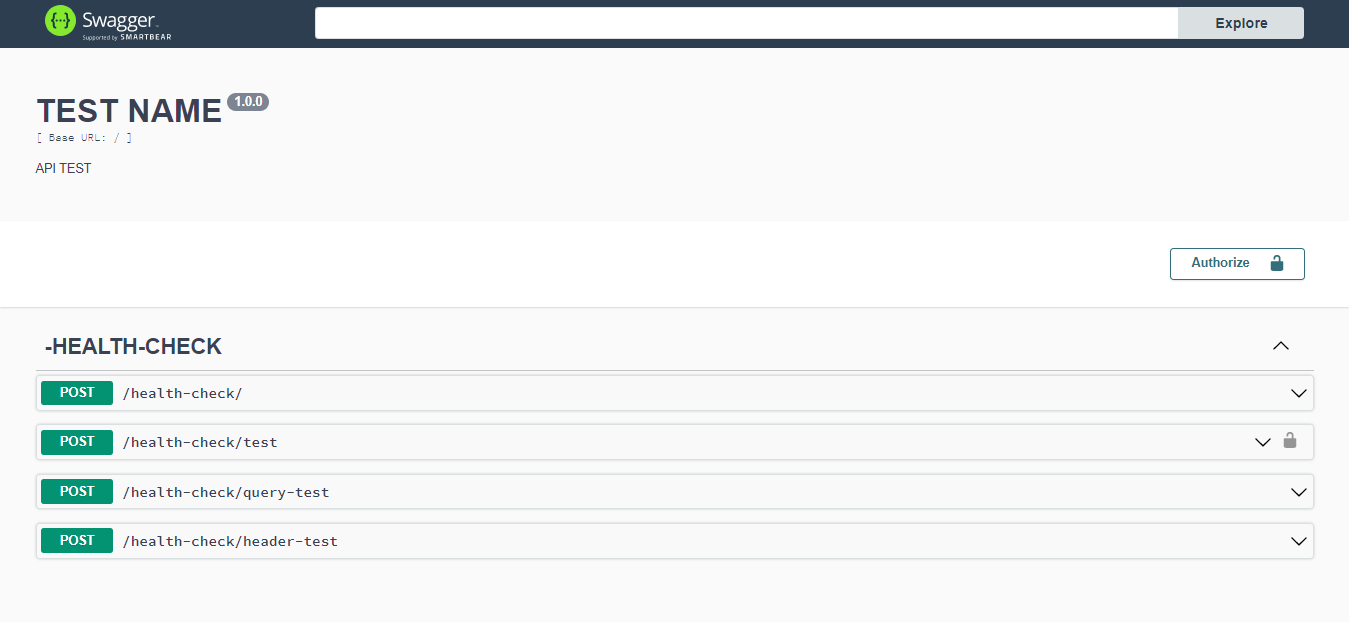
- MATERIAL
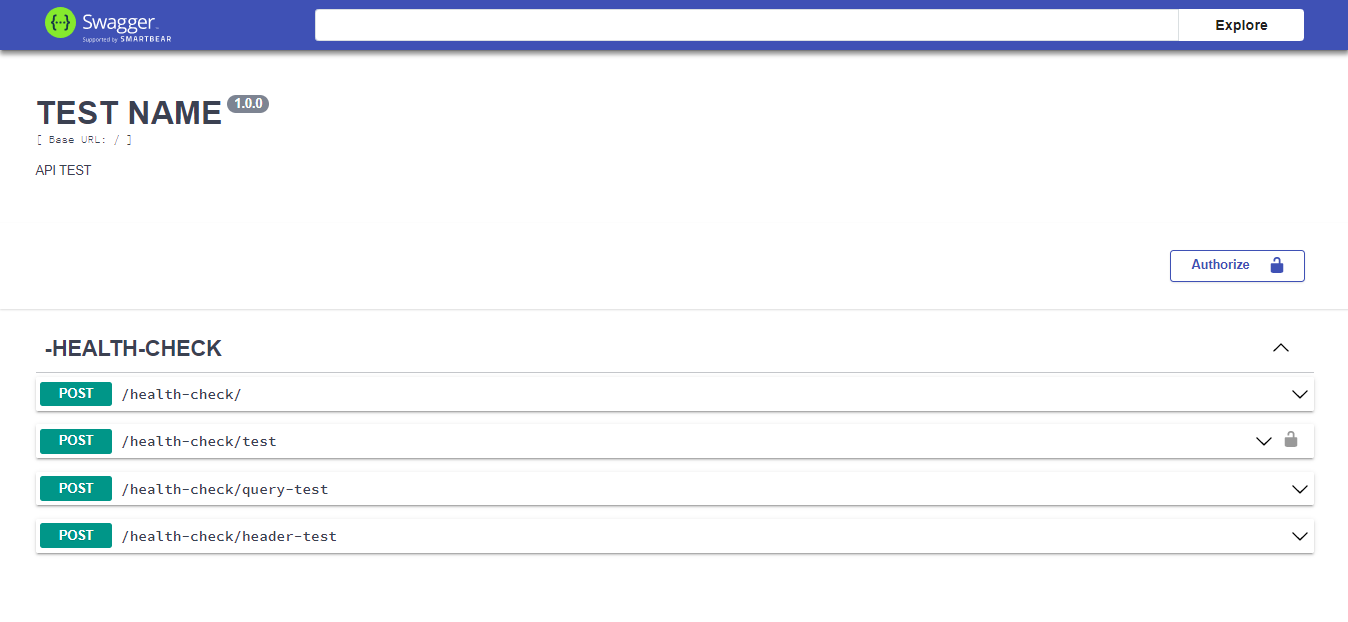
- MONOKAI
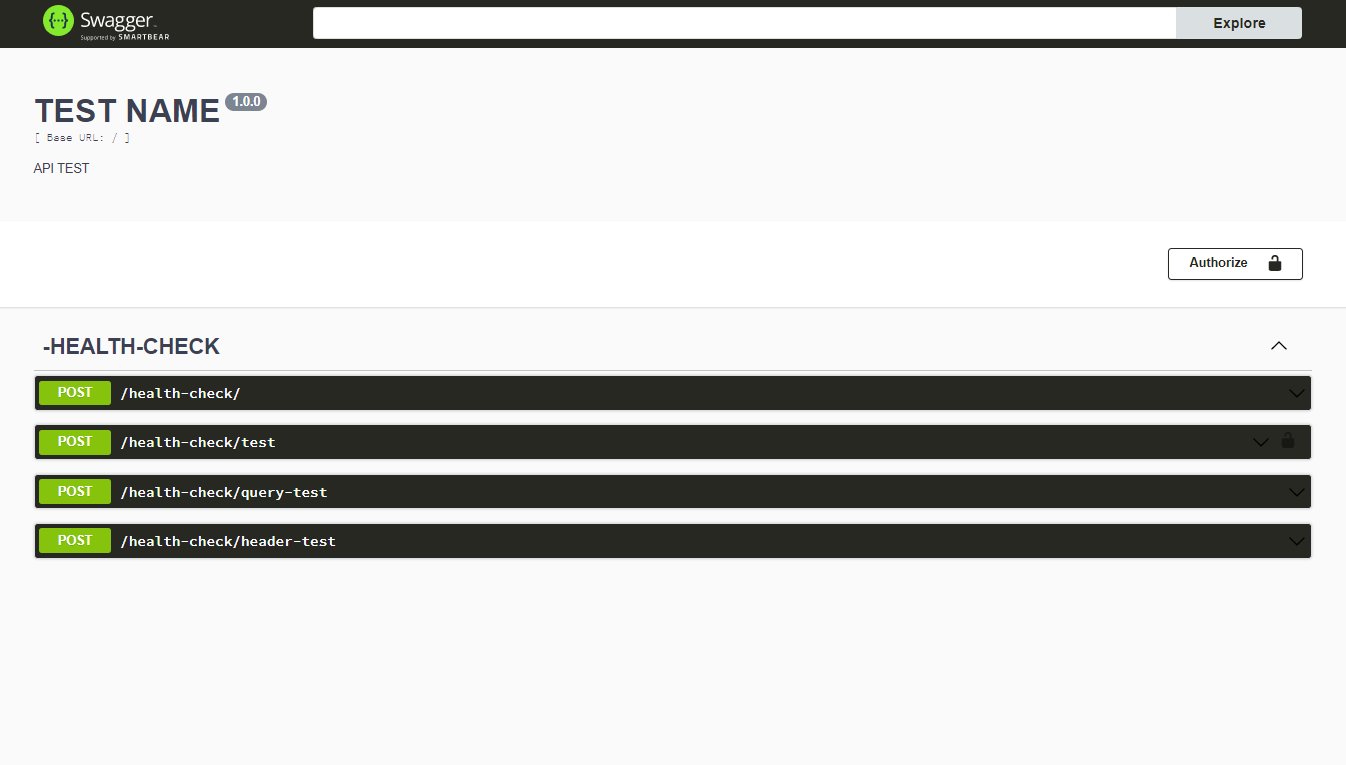
- MUTED
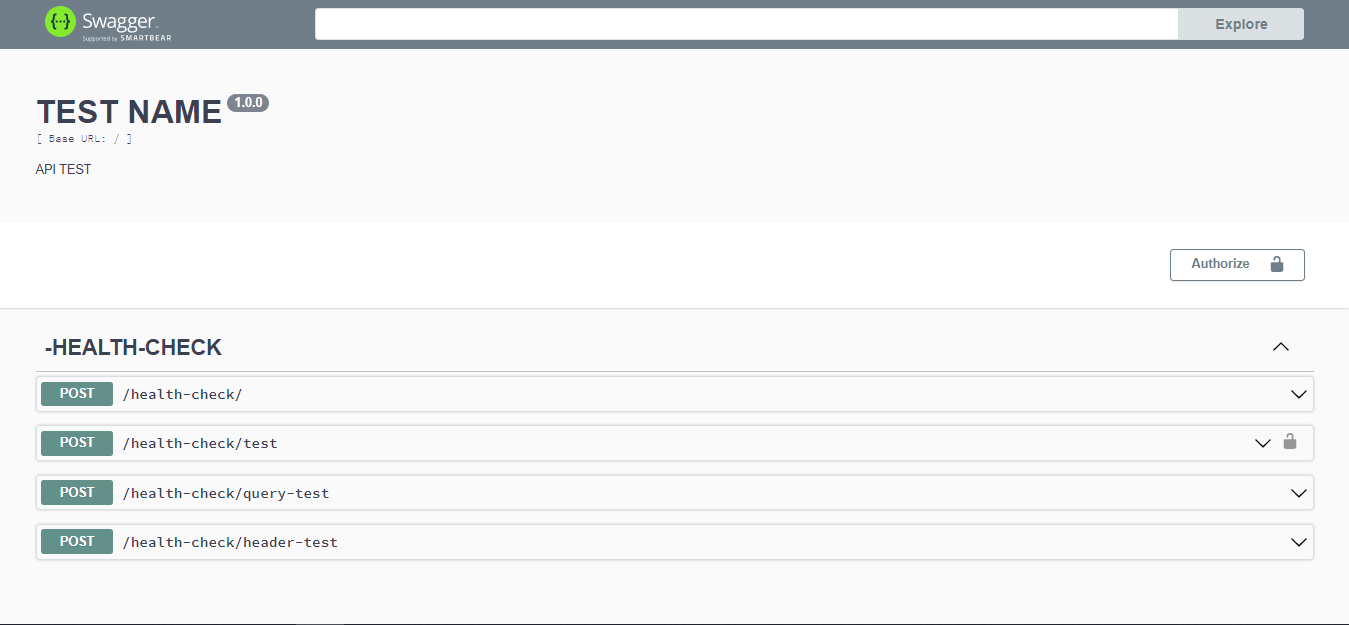
- NEWS_PAPER
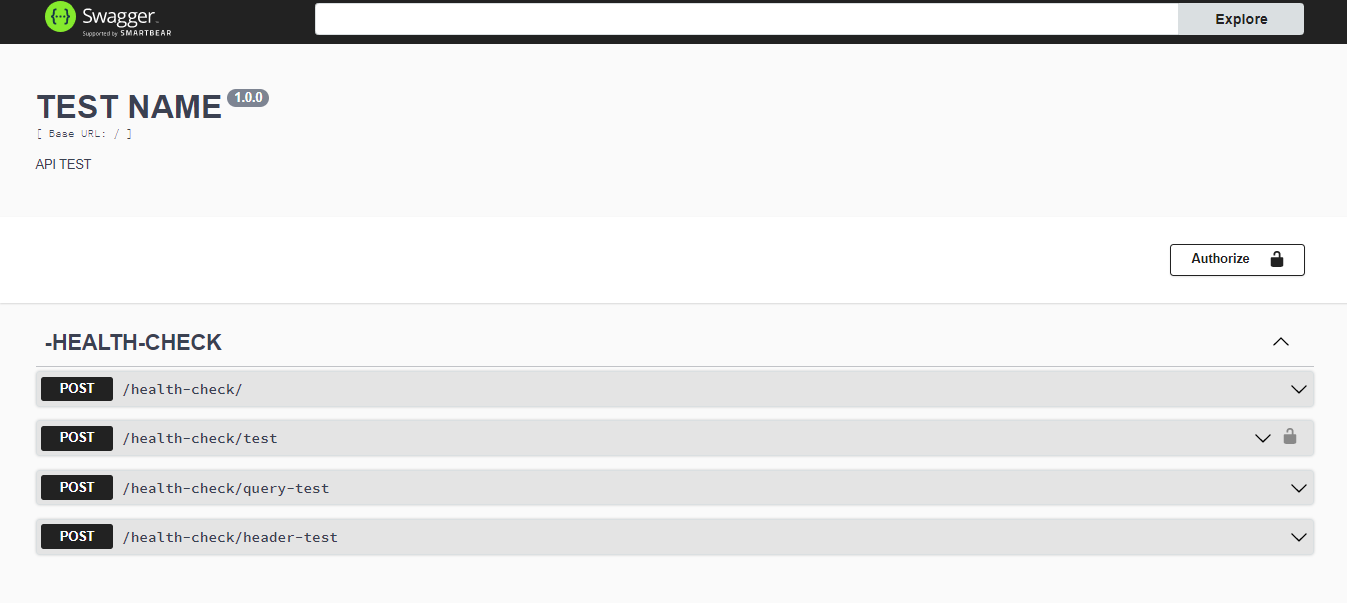
- OUTLINE
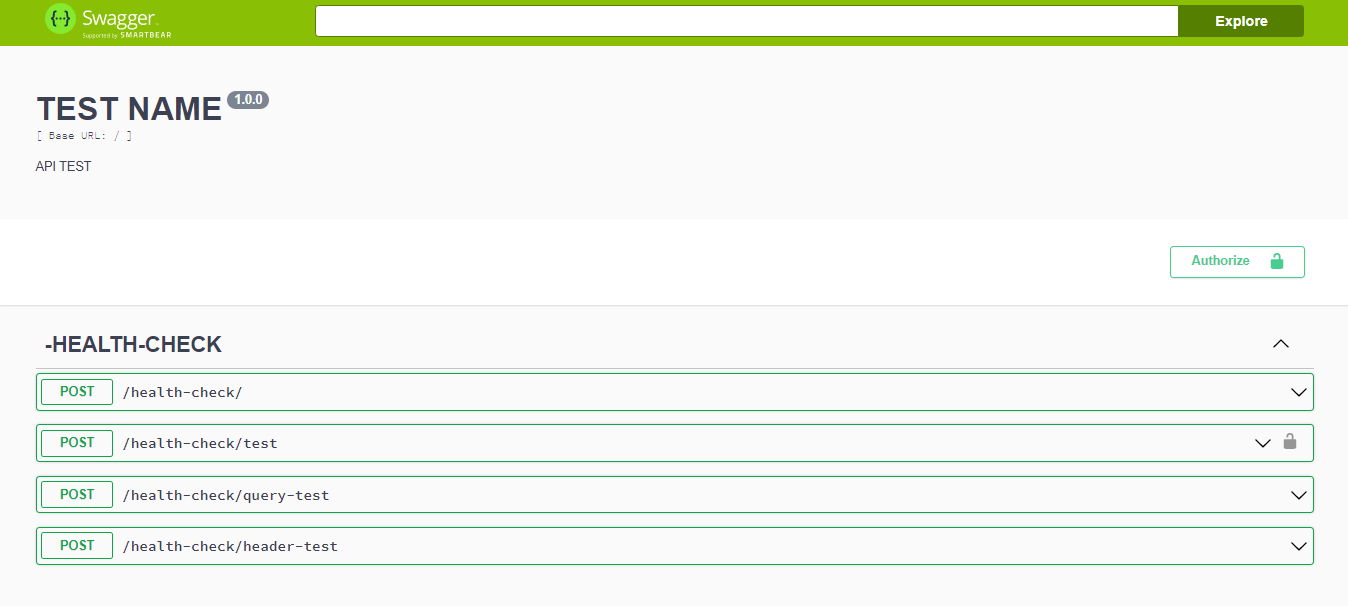
Example
Example-of-express-swagger-autoconfigure.
Contributing
You can download the code and help develop more features.
A more robust architecture is also necessary.
To contribute, simply open a pull request with your changes; if it makes sense, it will be approved.
License
This project is licensed under the license. GNU AFFERO GENERAL.
Contact
victorqueiroz90@outlook.com
3 years ago
3 years ago
3 years ago
3 years ago
3 years ago
3 years ago
3 years ago
3 years ago
3 years ago
3 years ago
3 years ago
3 years ago
3 years ago
3 years ago
3 years ago
3 years ago
3 years ago
3 years ago
3 years ago
3 years ago
3 years ago
3 years ago
3 years ago
3 years ago
3 years ago
3 years ago
3 years ago
3 years ago
3 years ago
3 years ago
3 years ago
3 years ago
3 years ago
3 years ago
3 years ago
3 years ago
3 years ago
3 years ago
3 years ago
3 years ago

